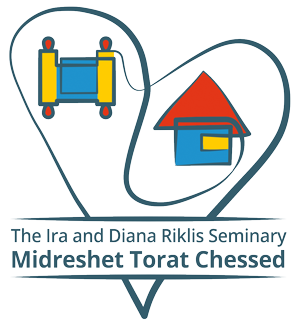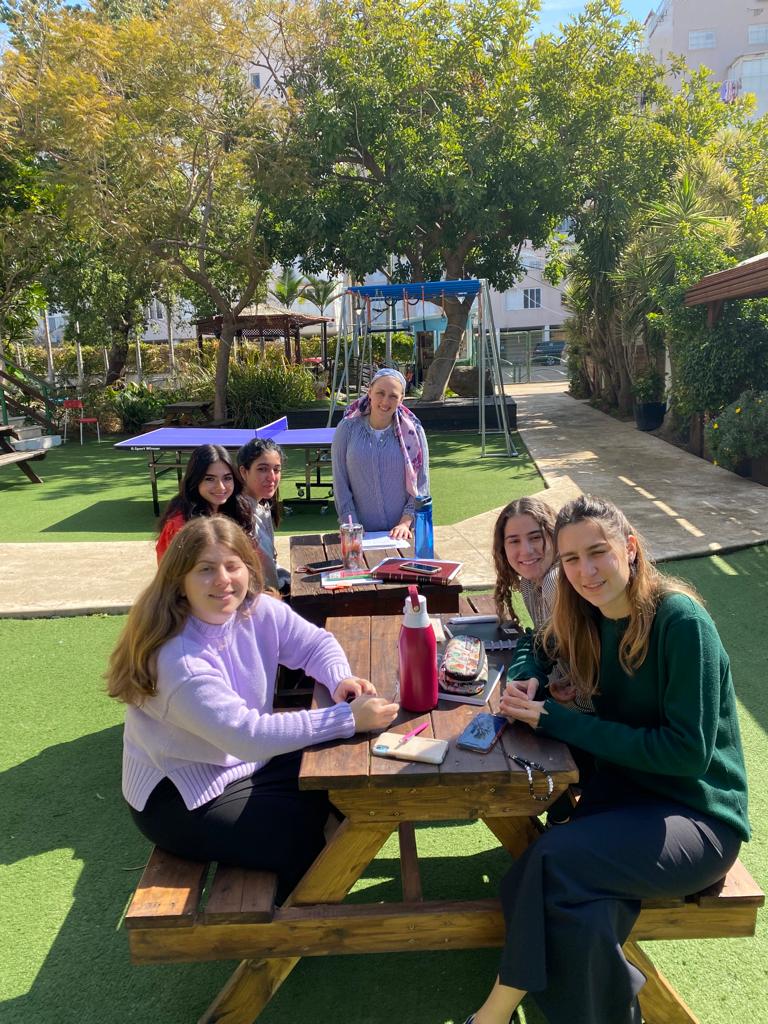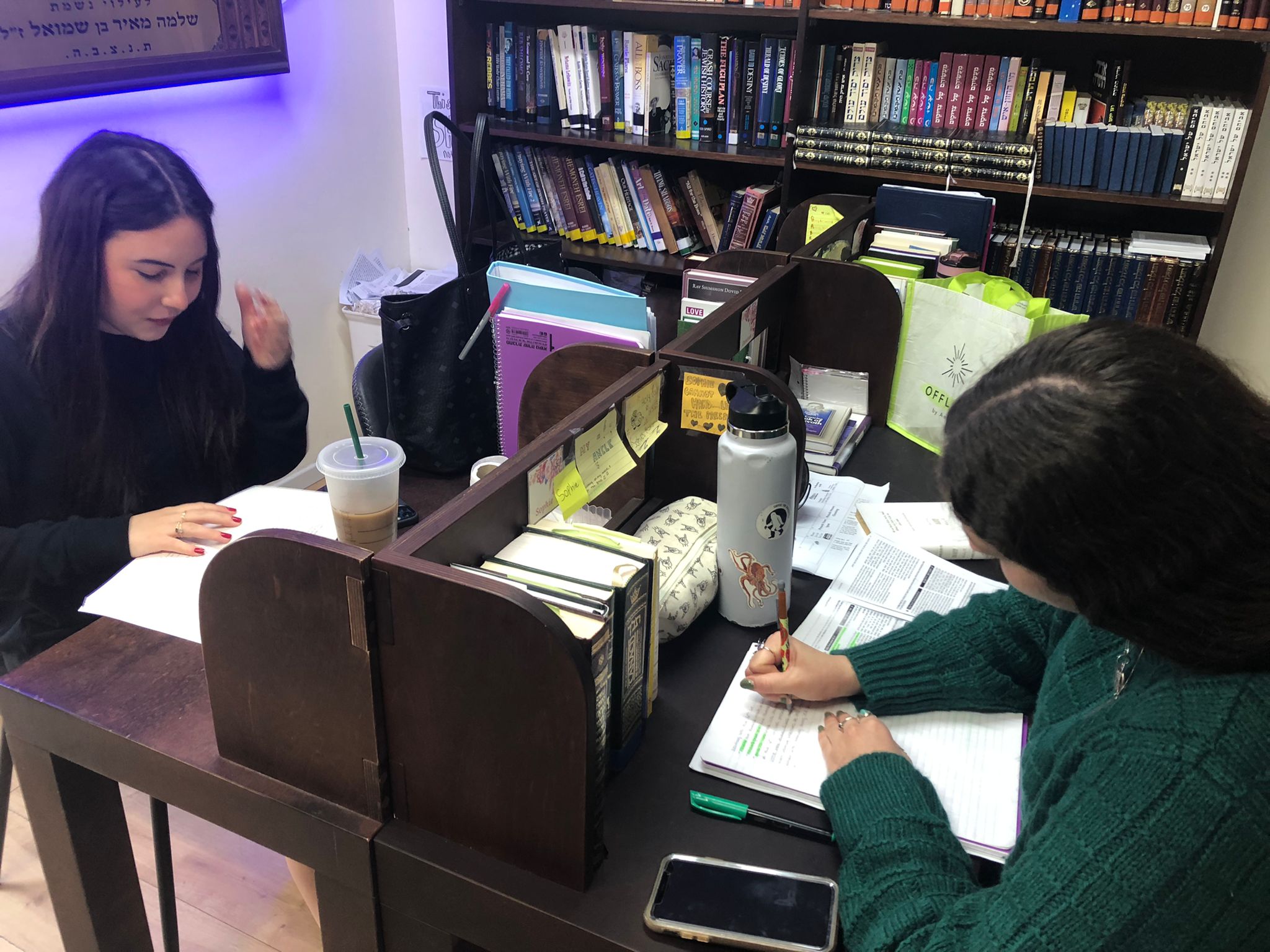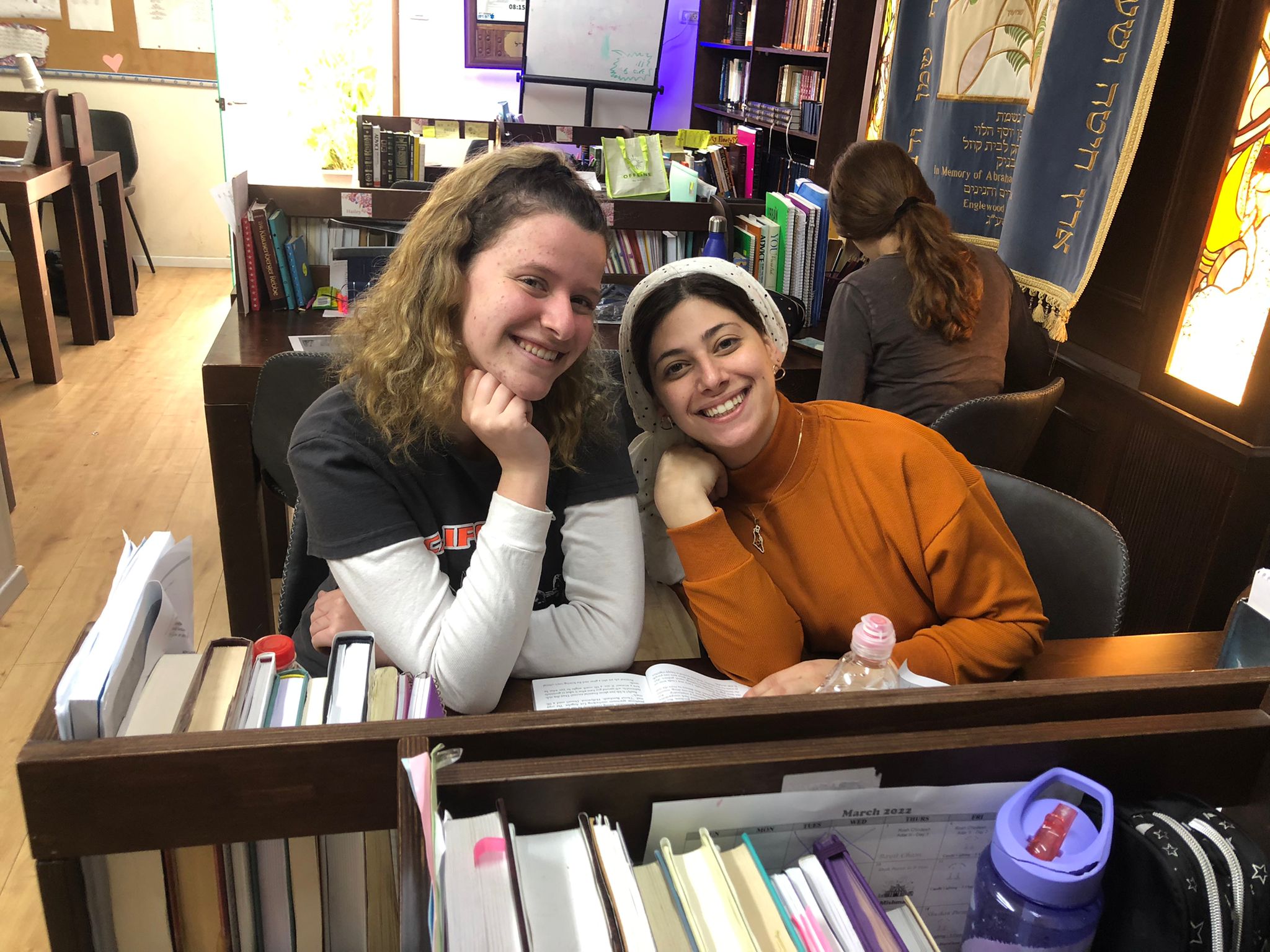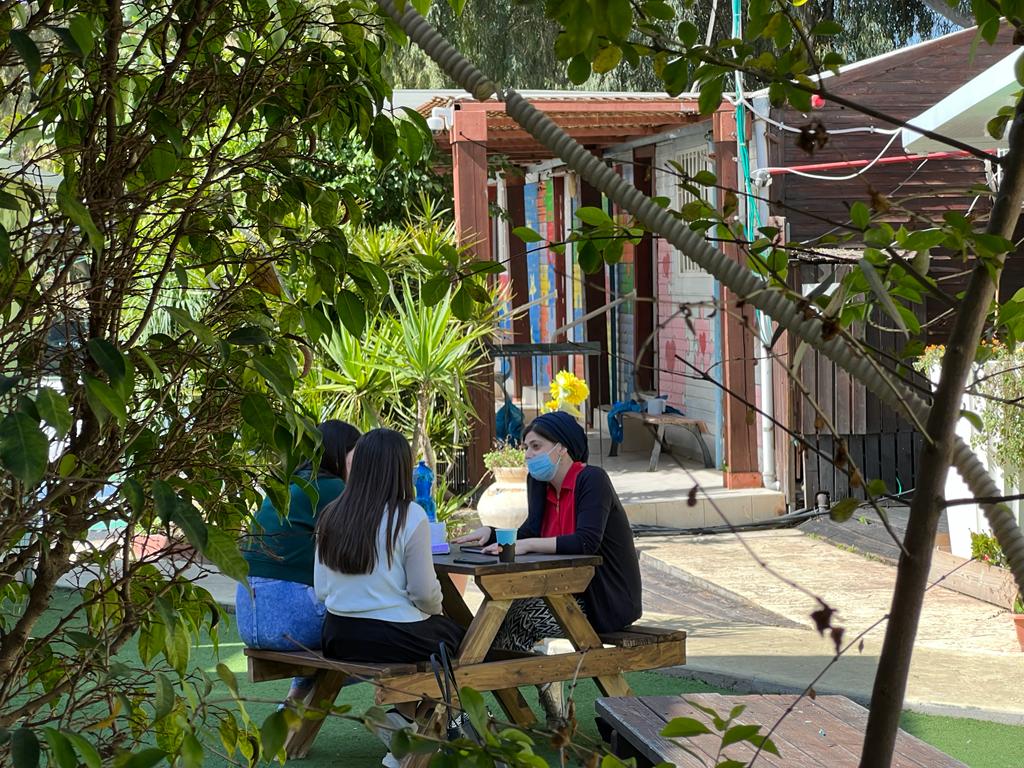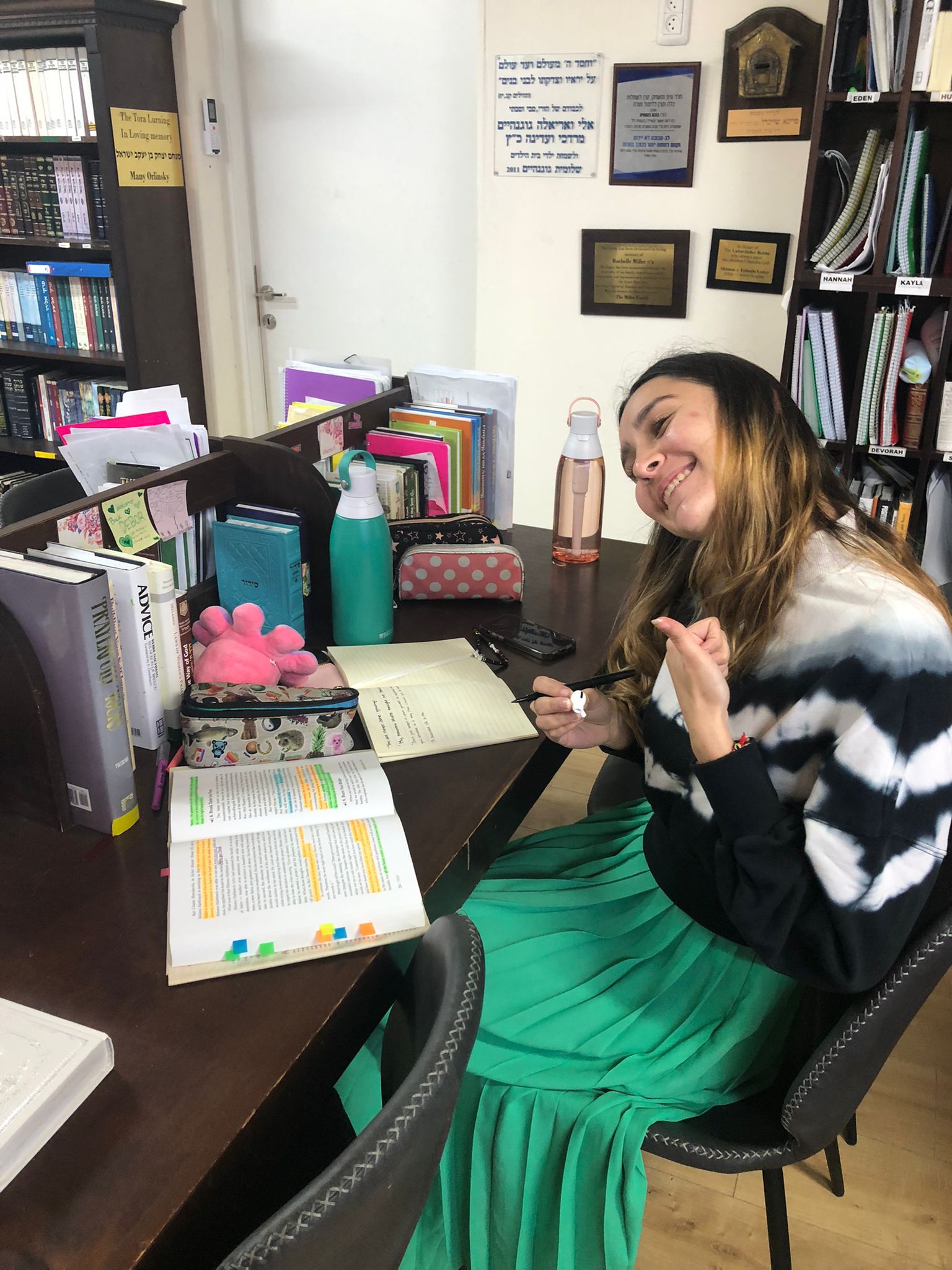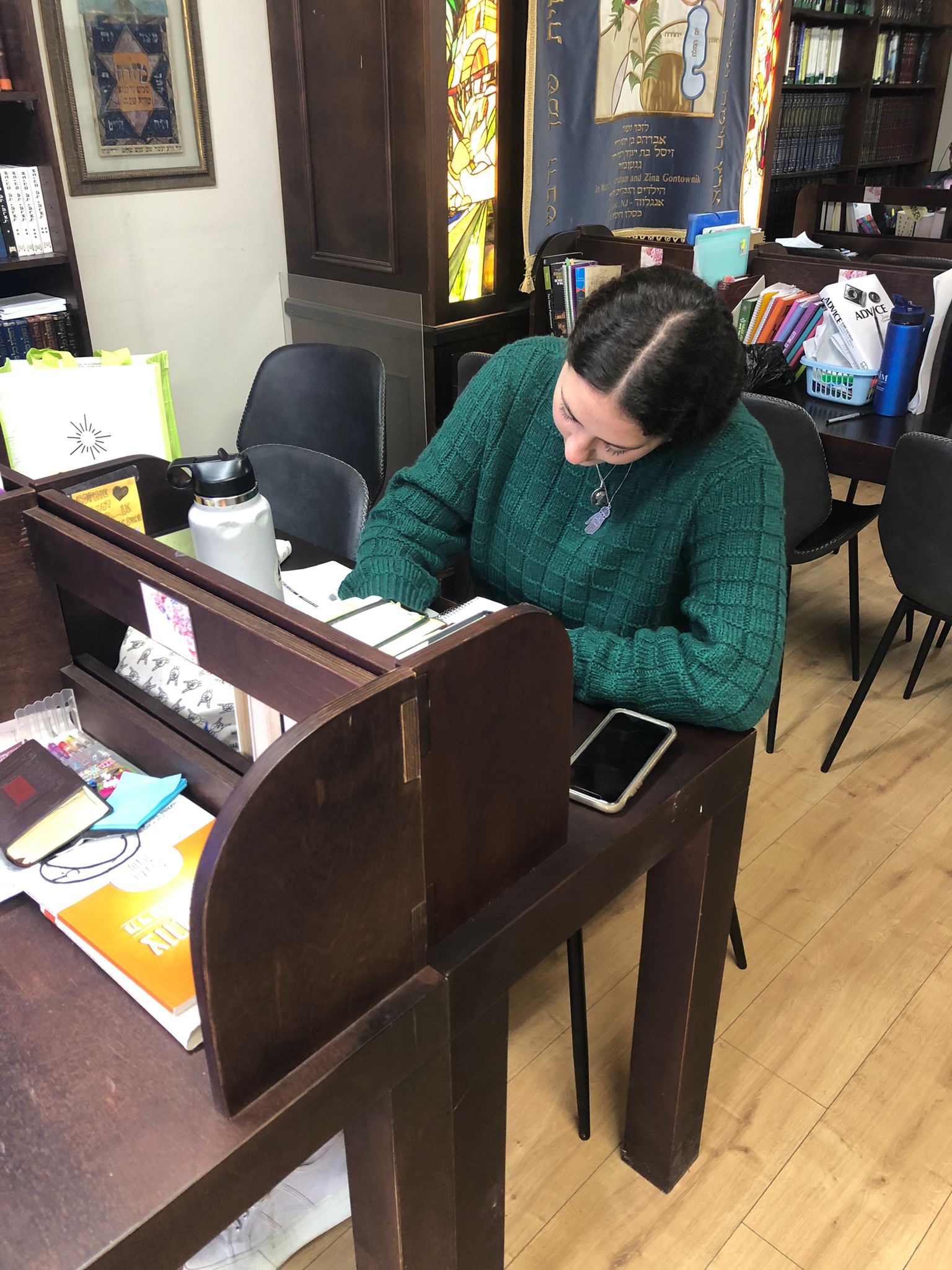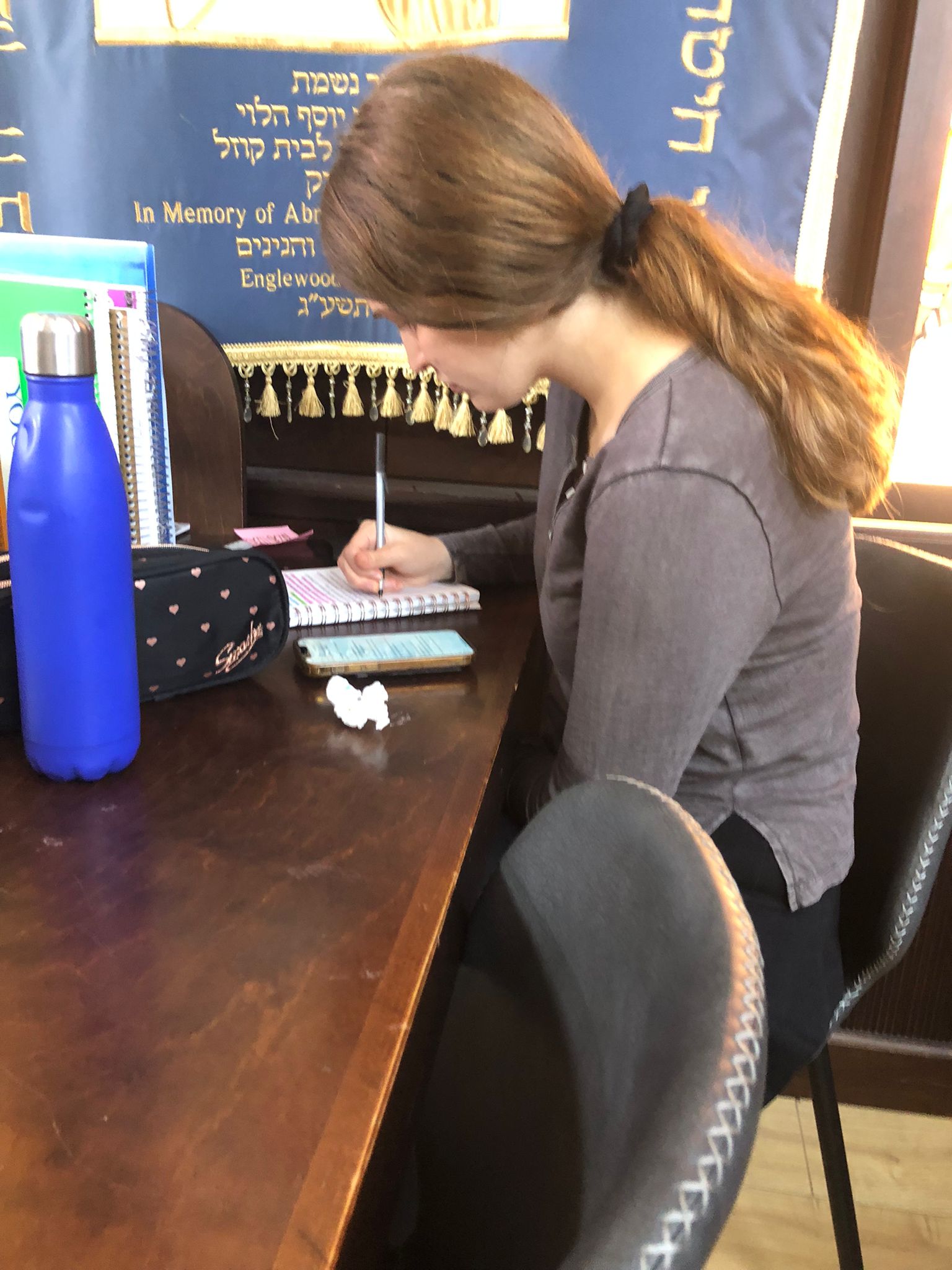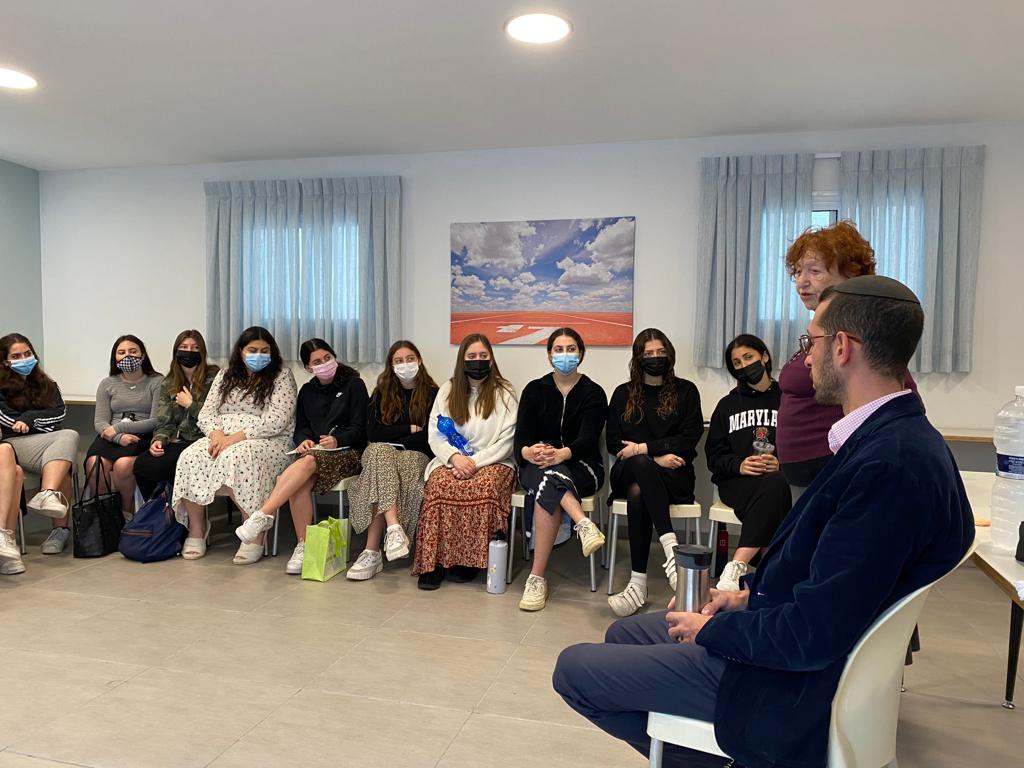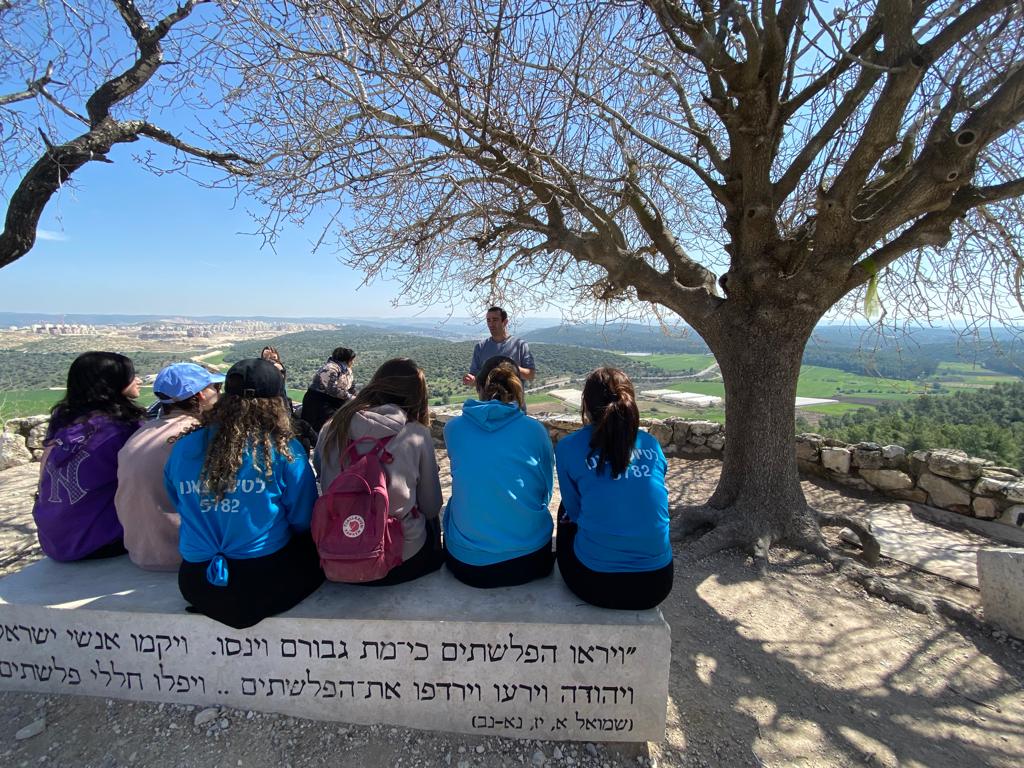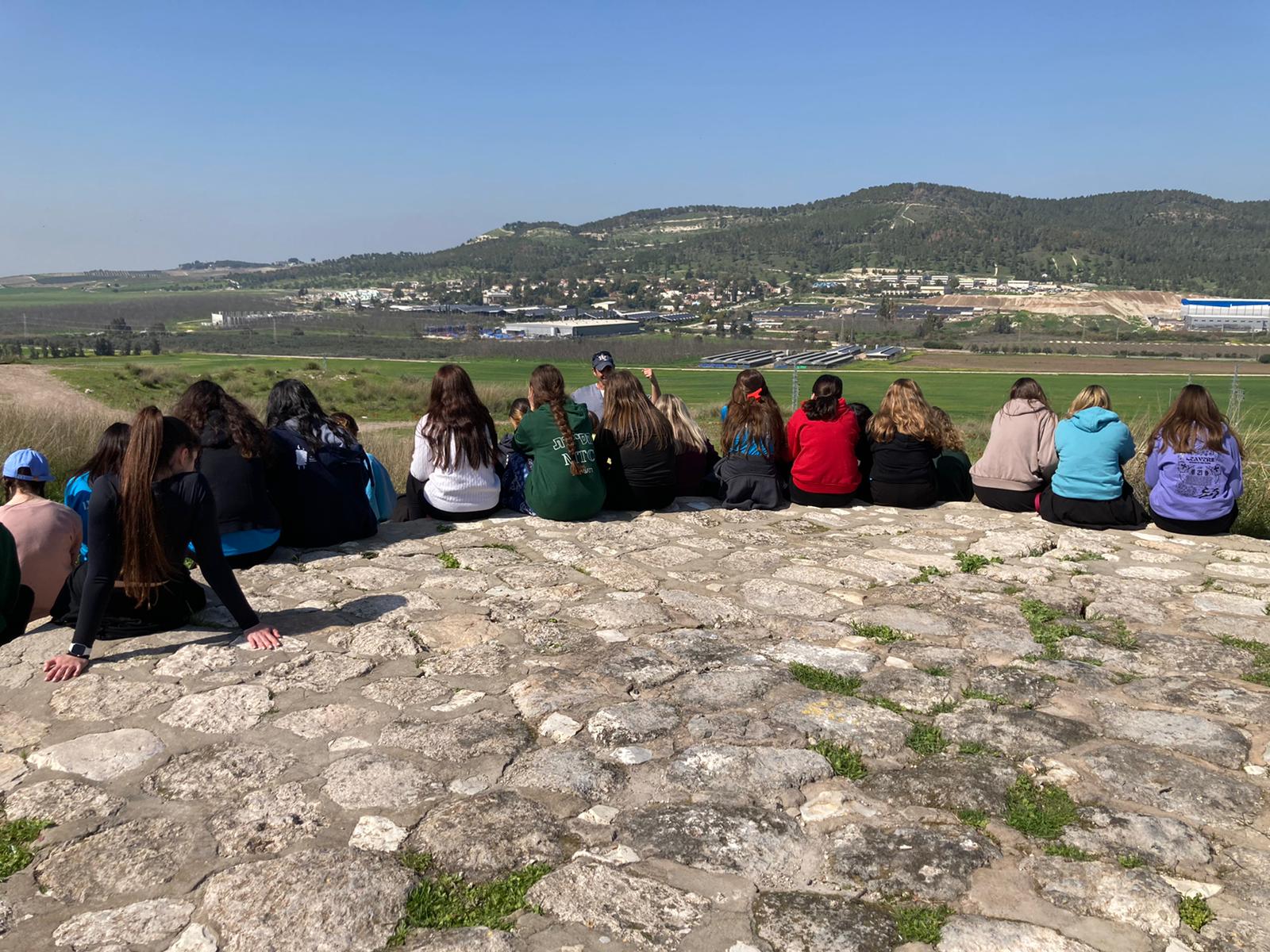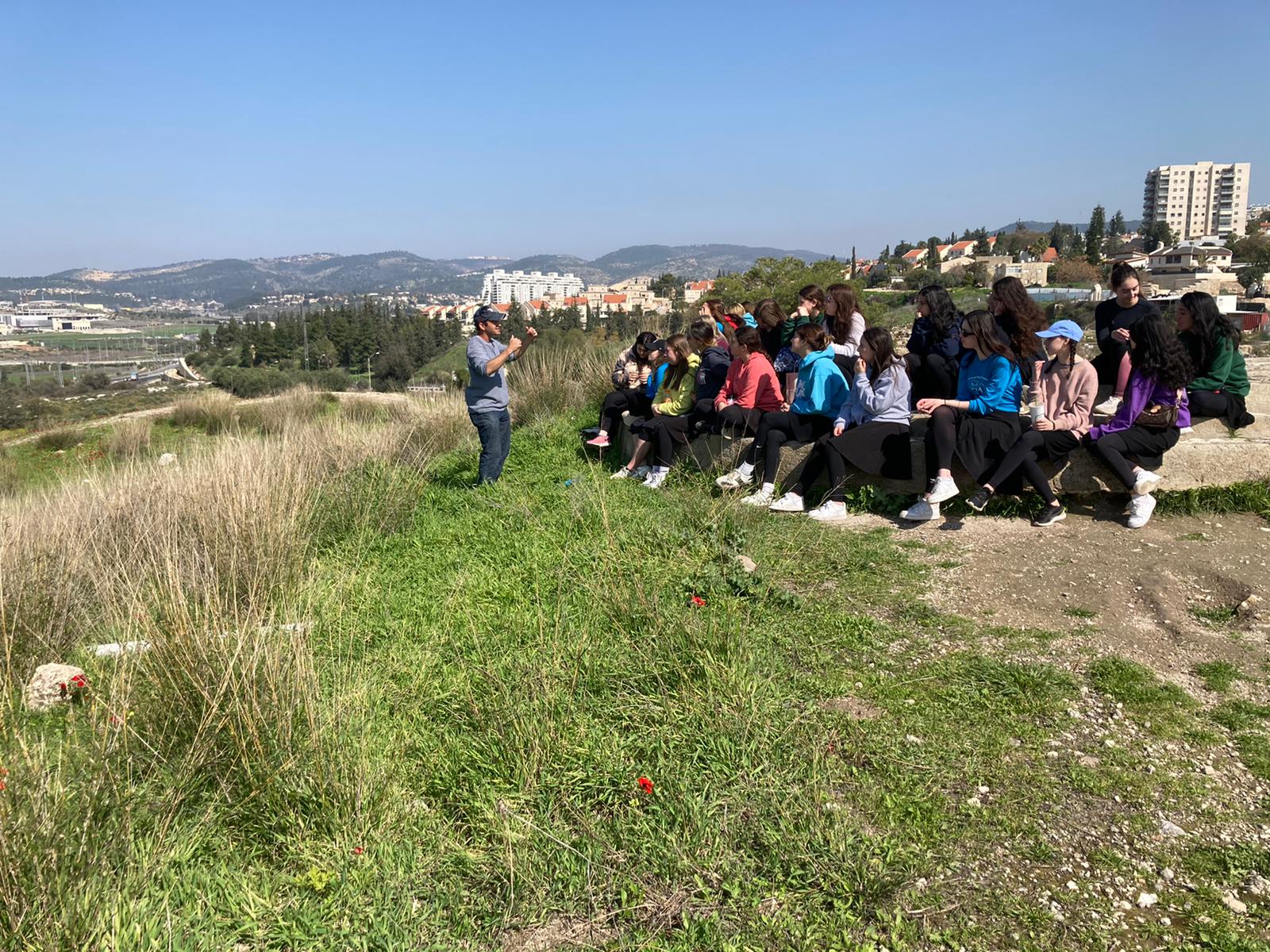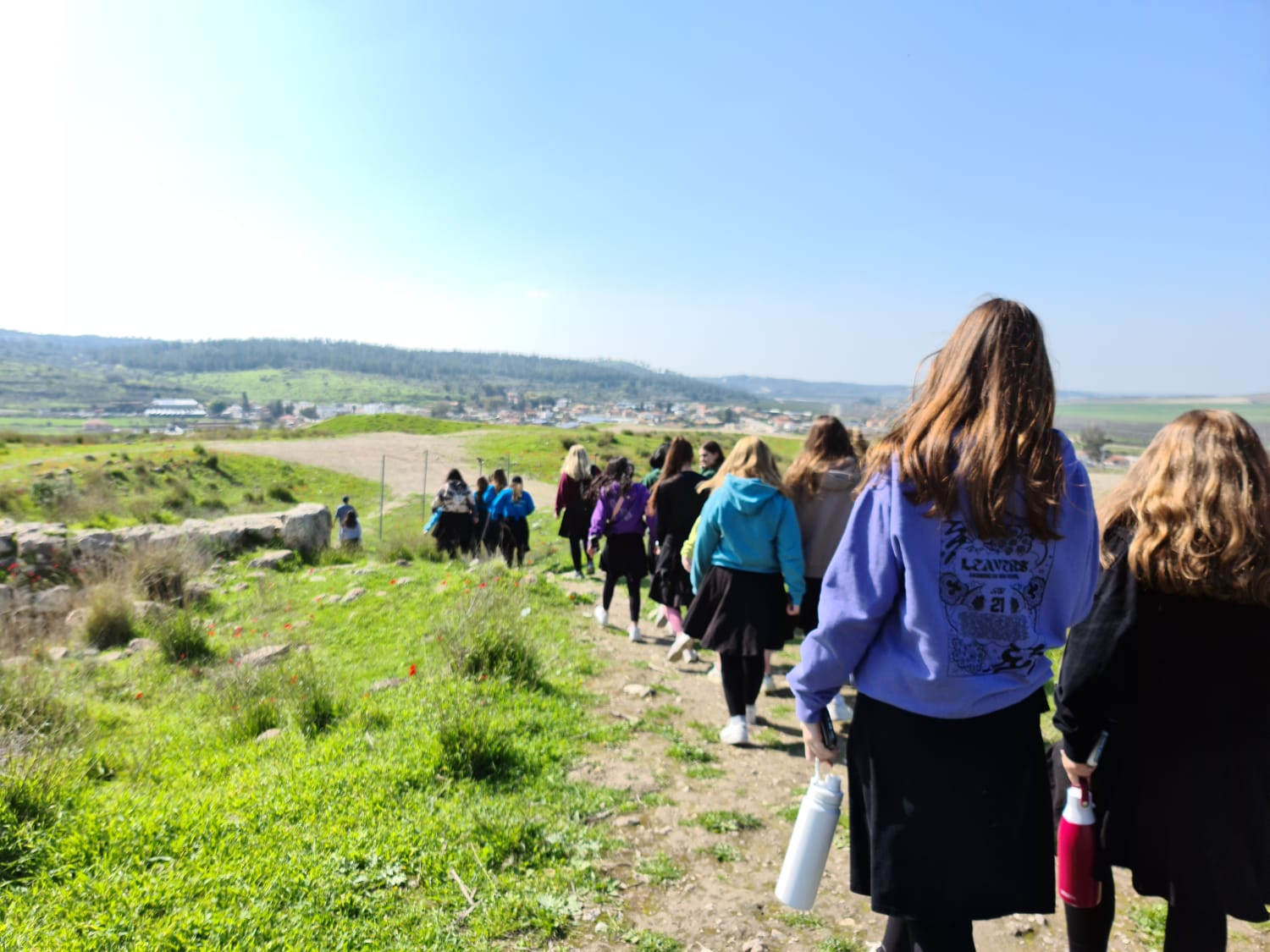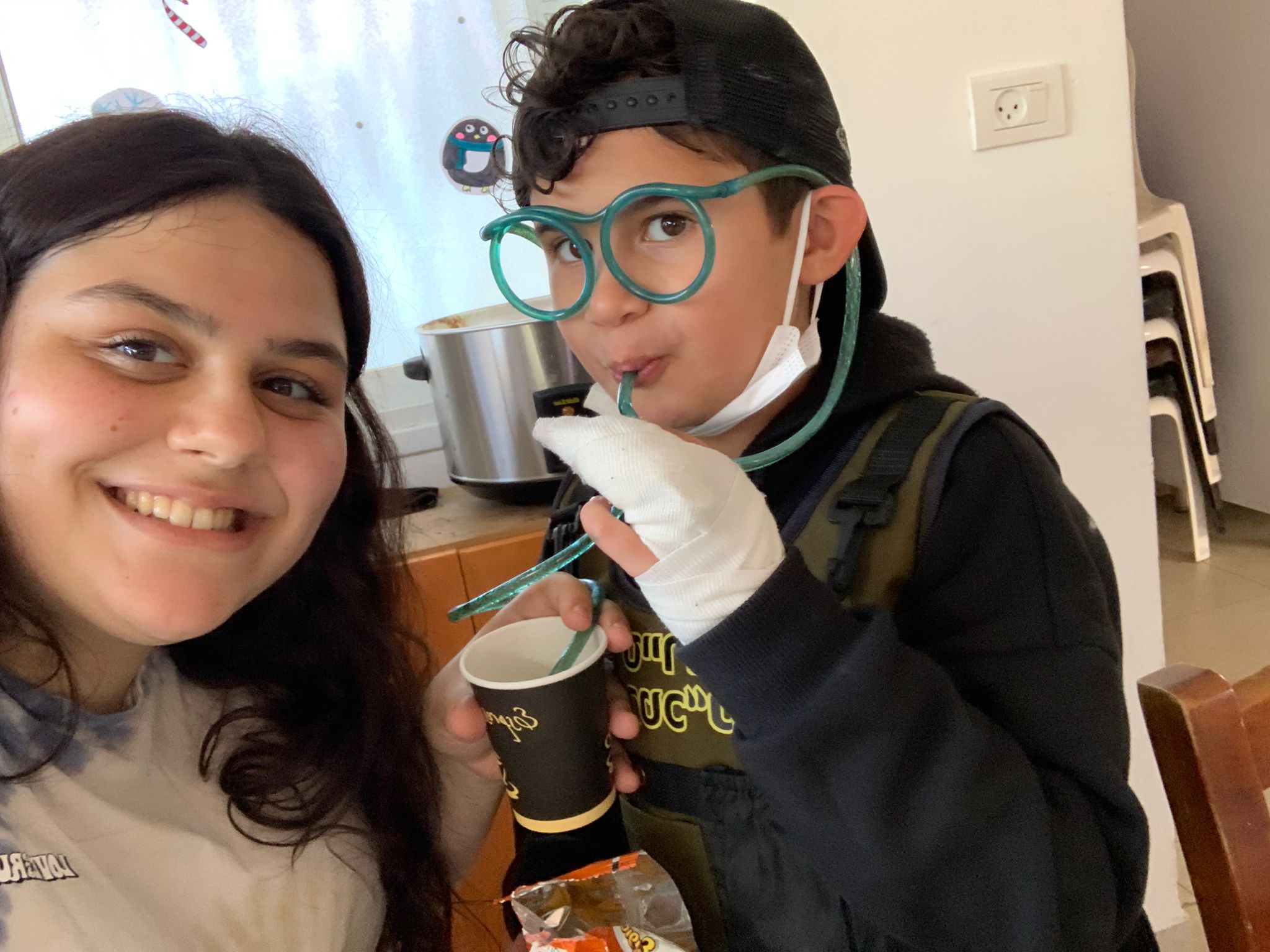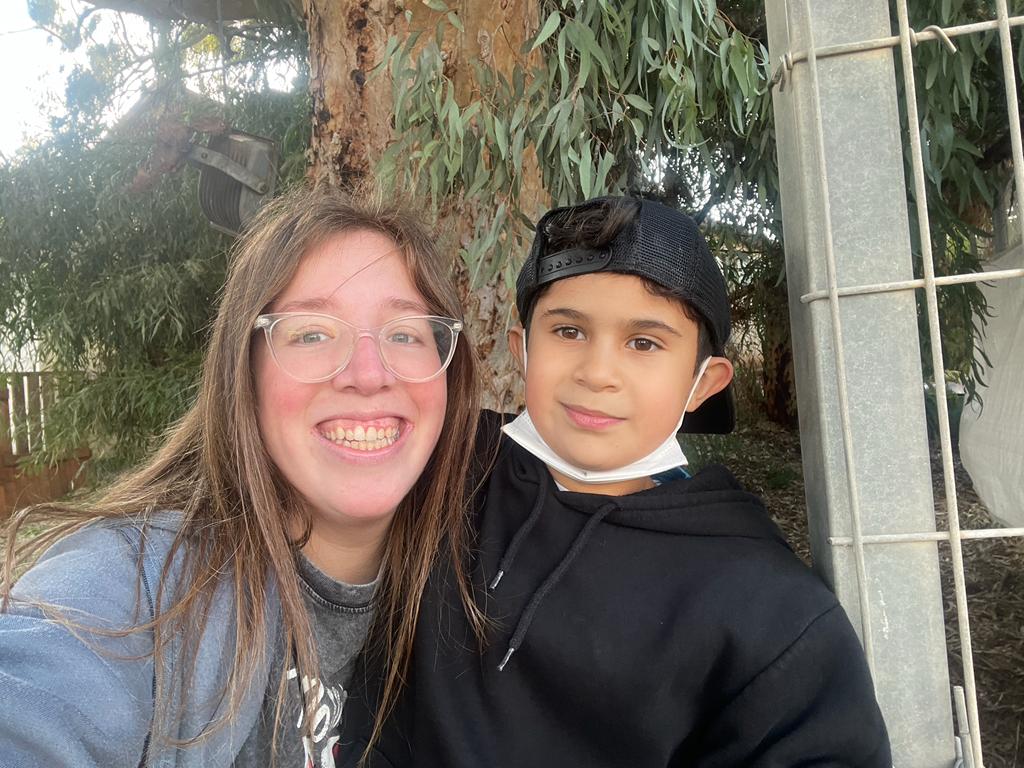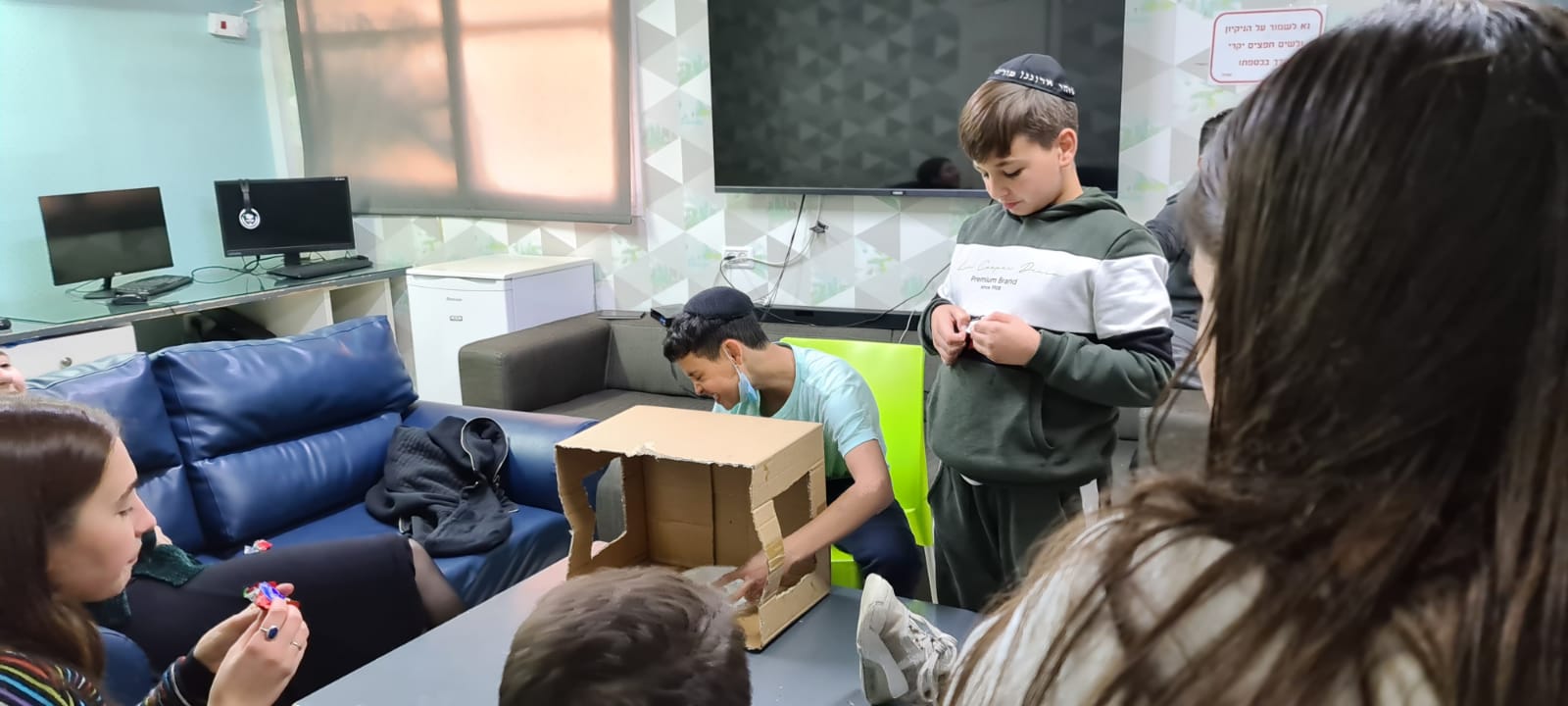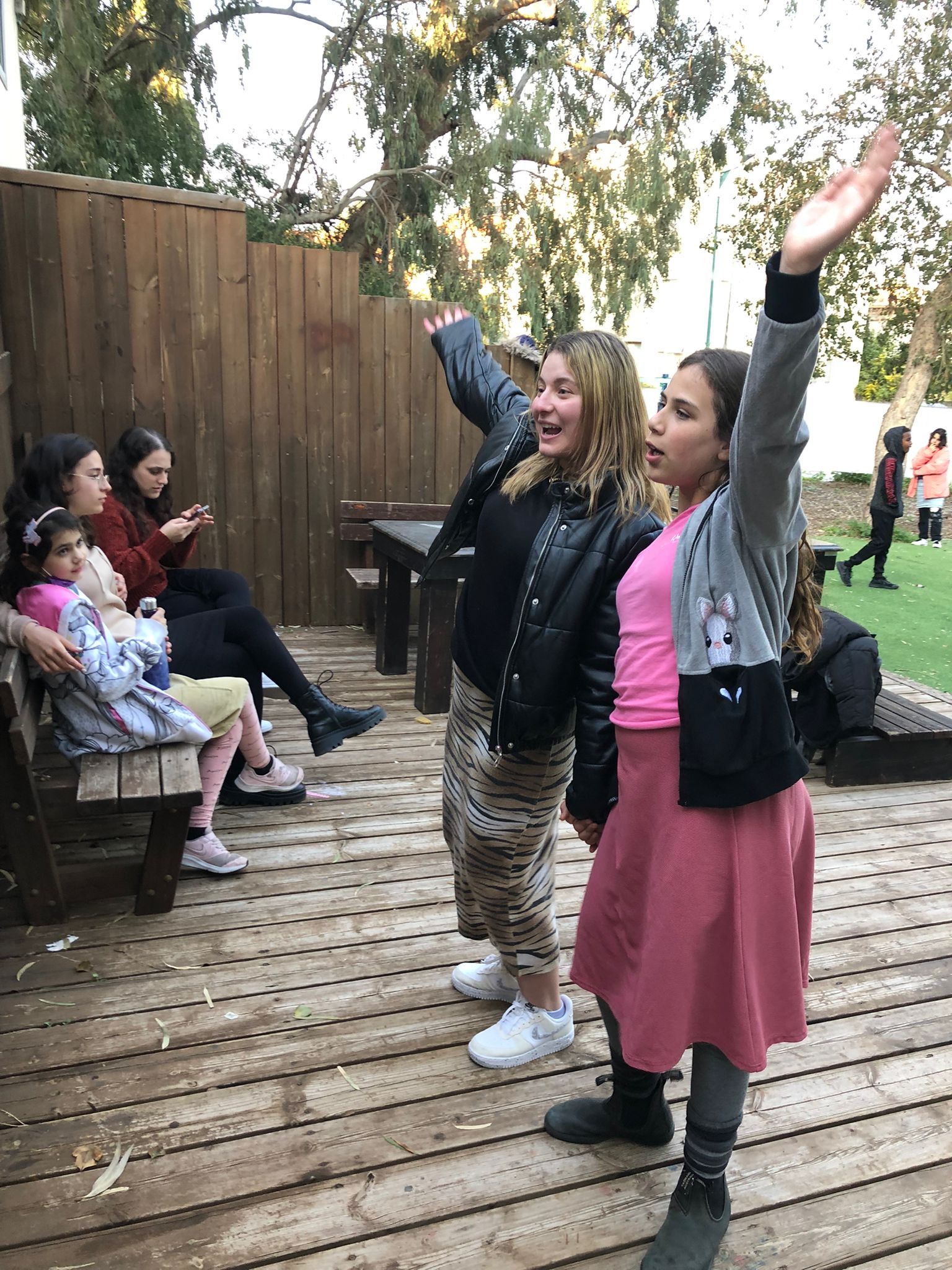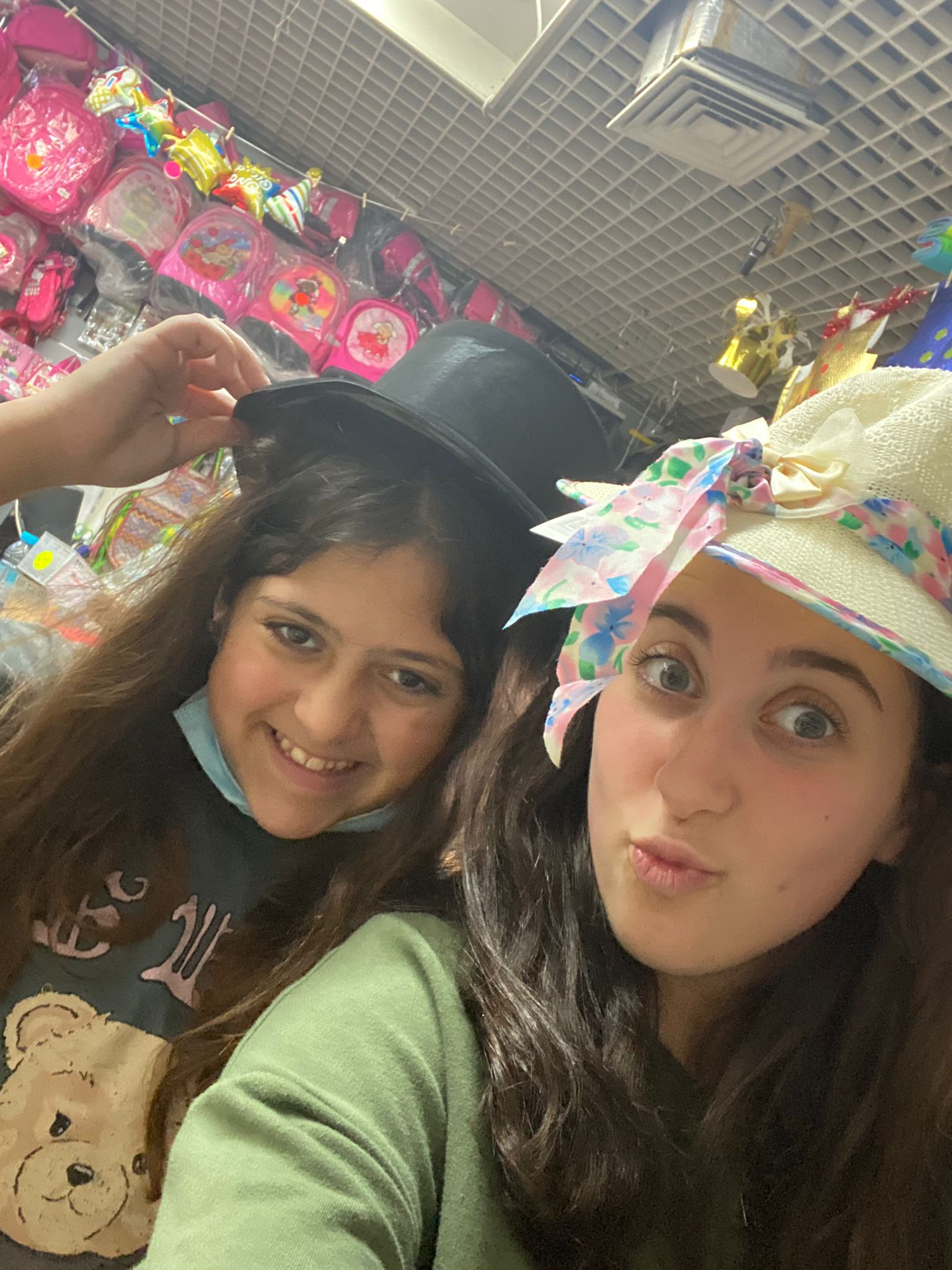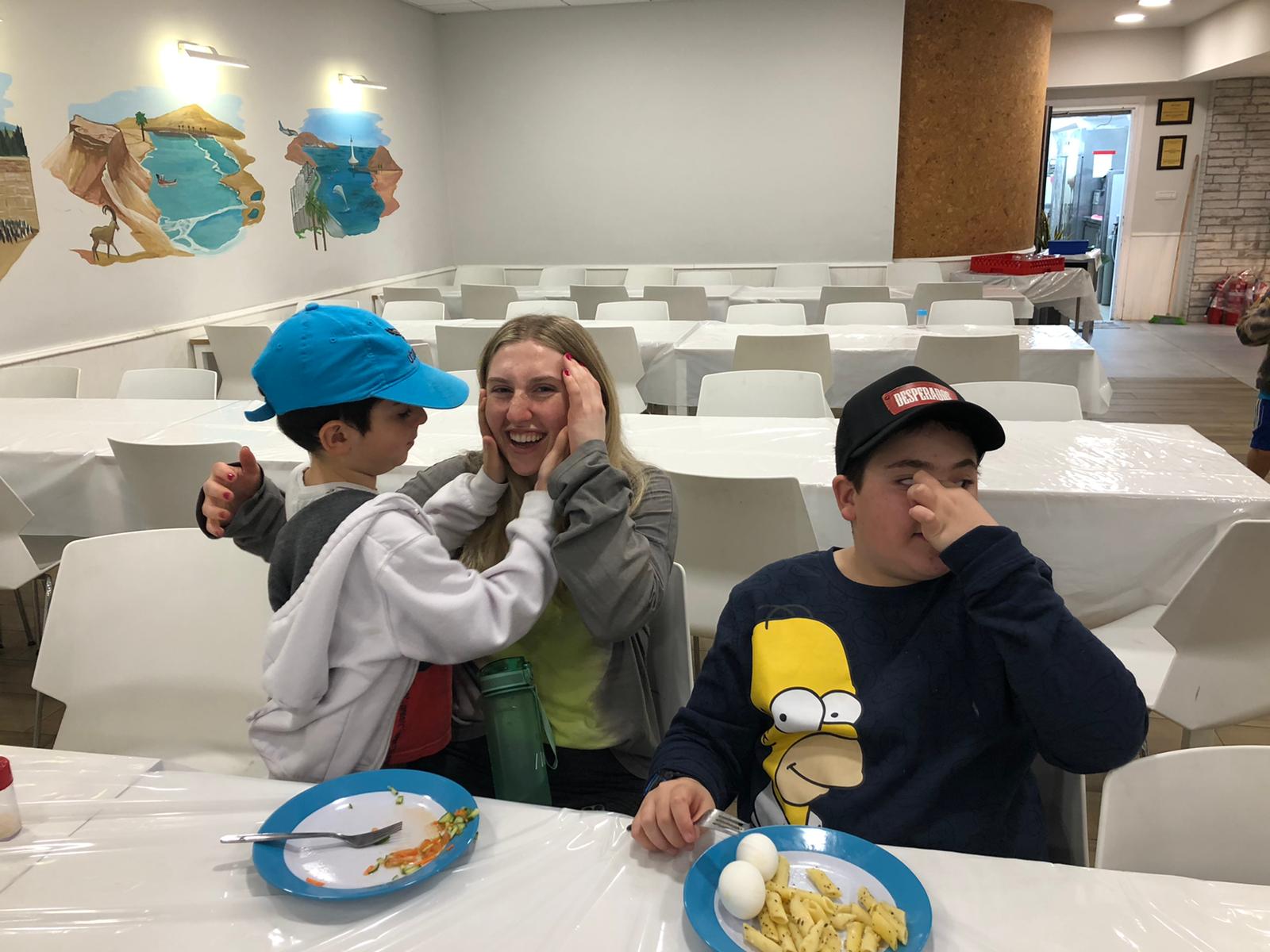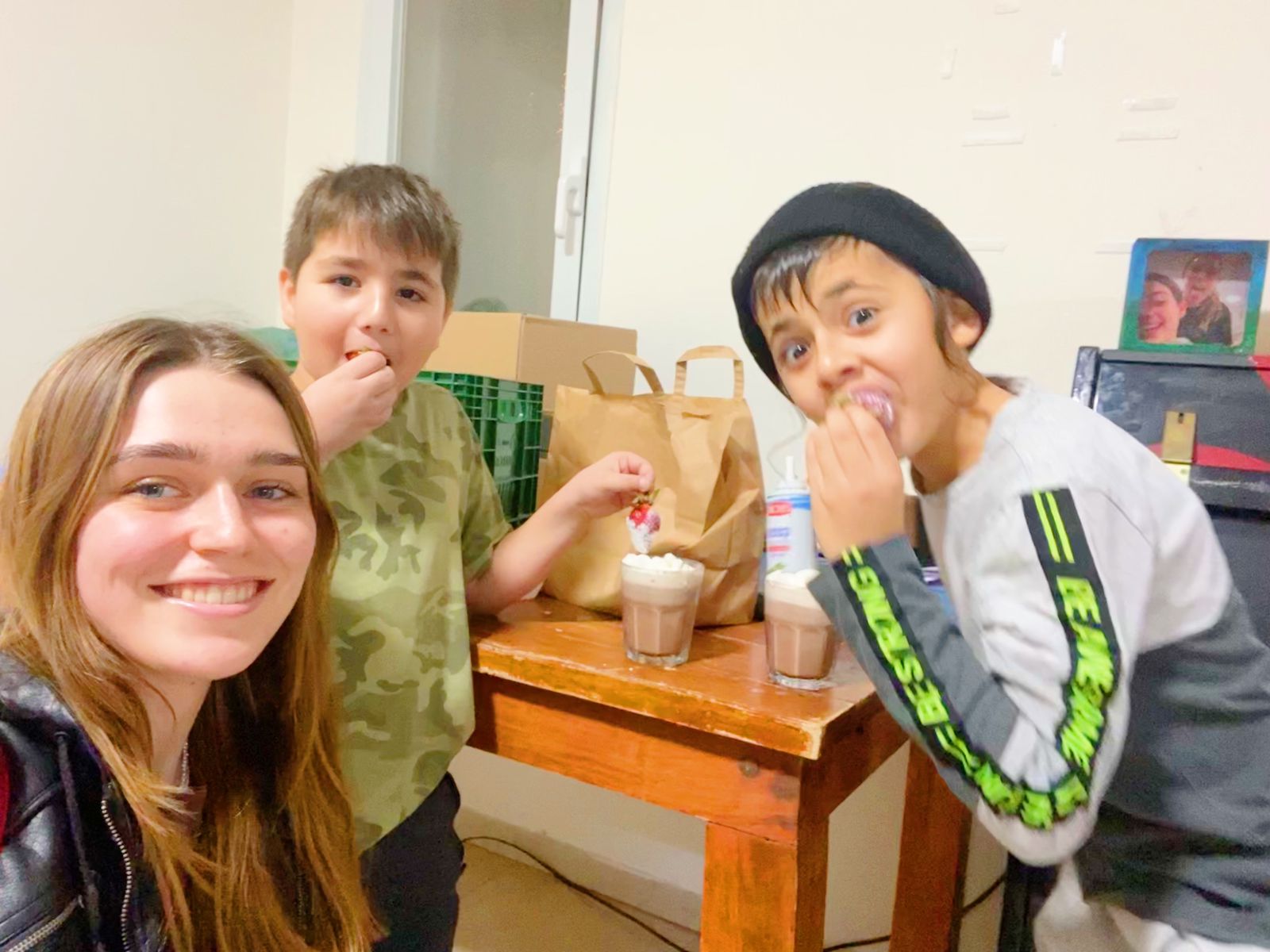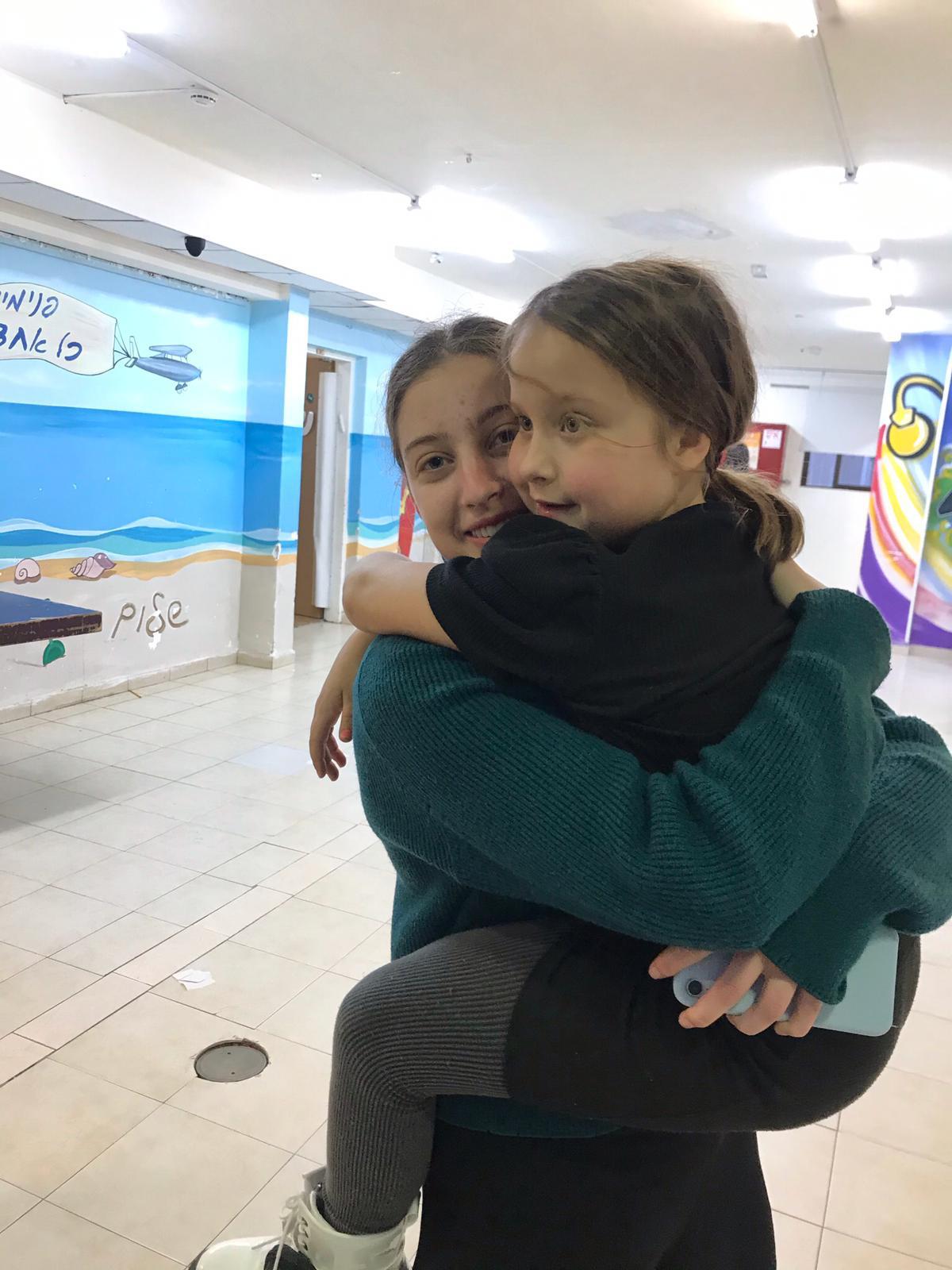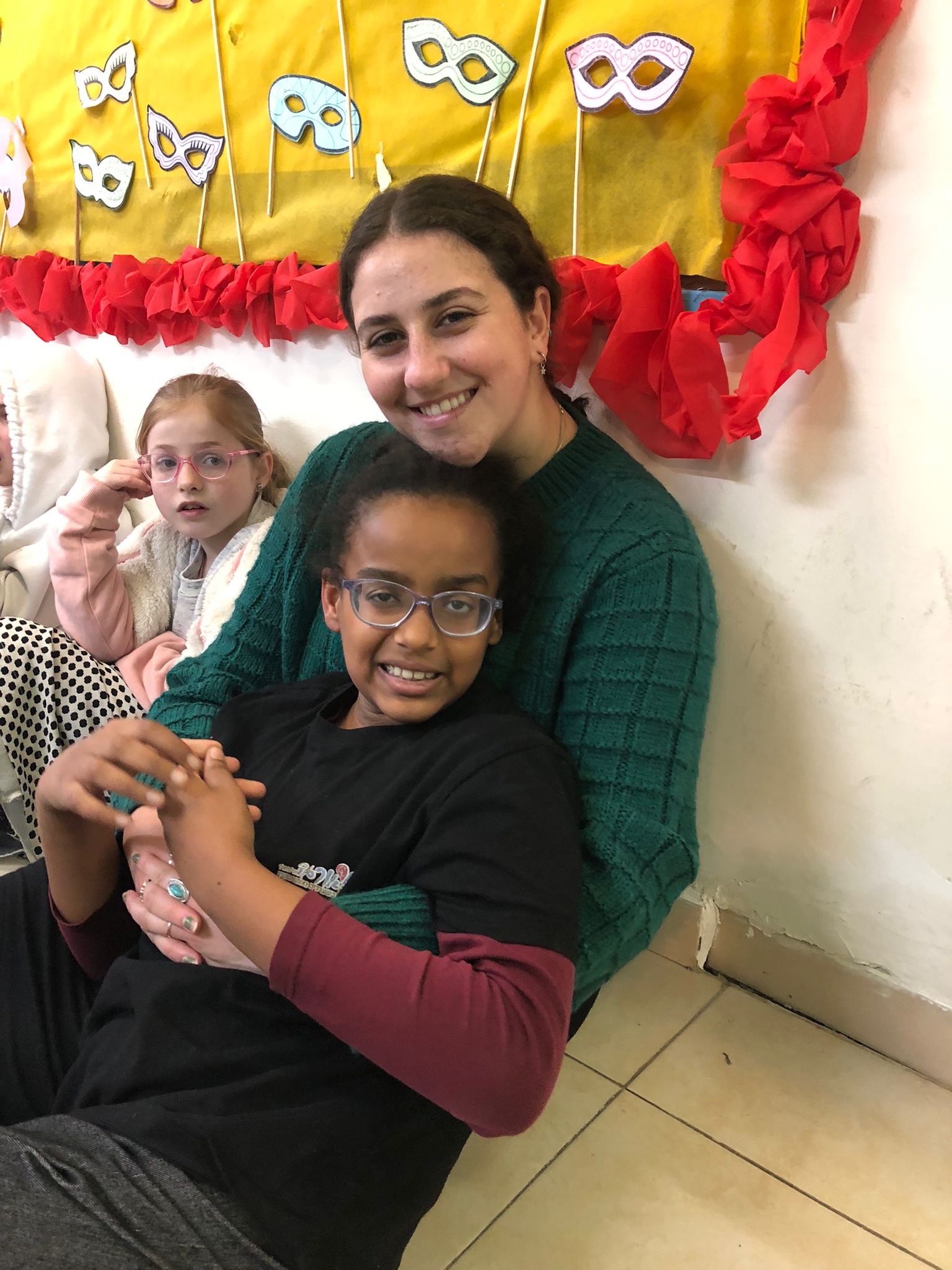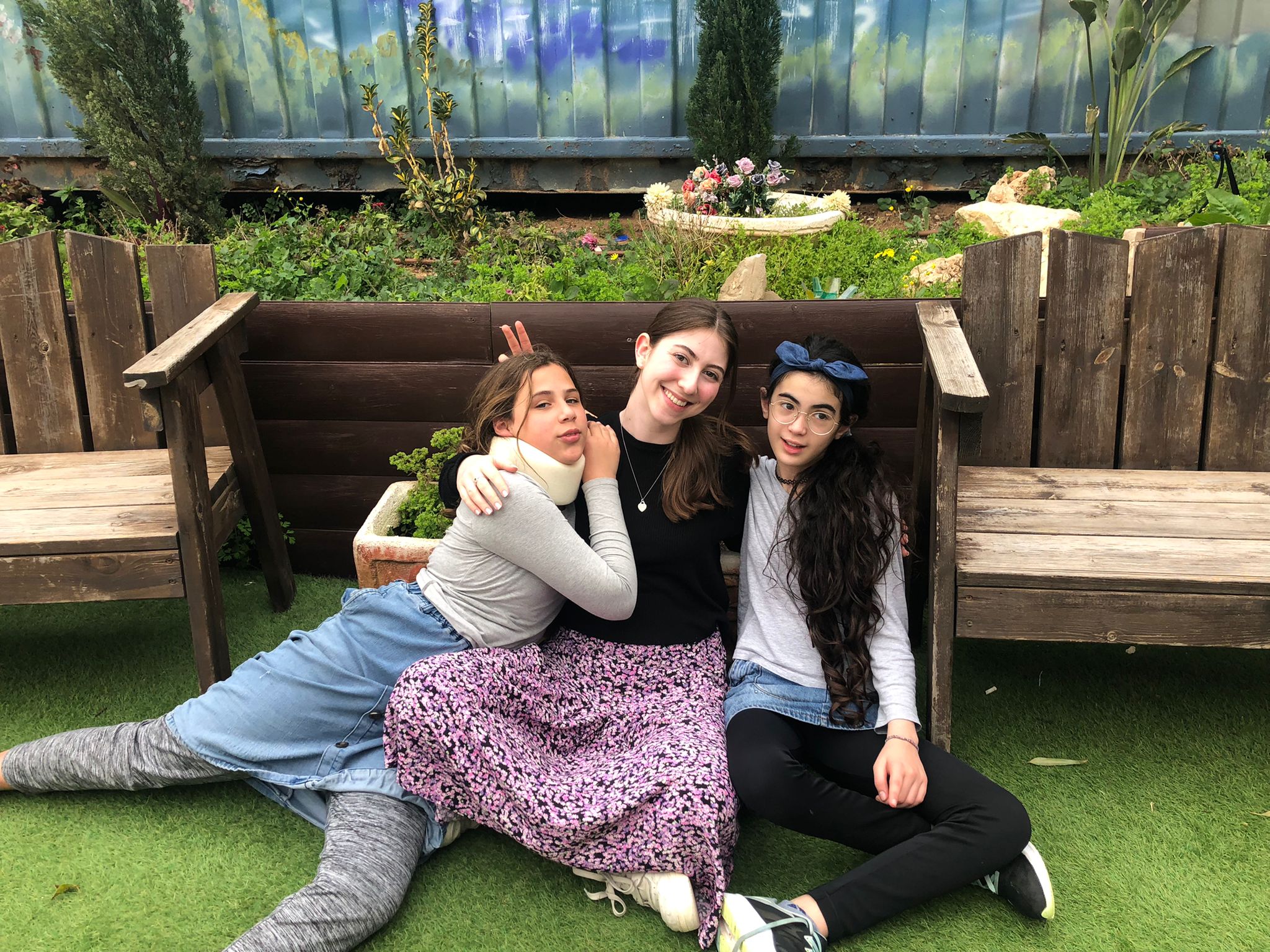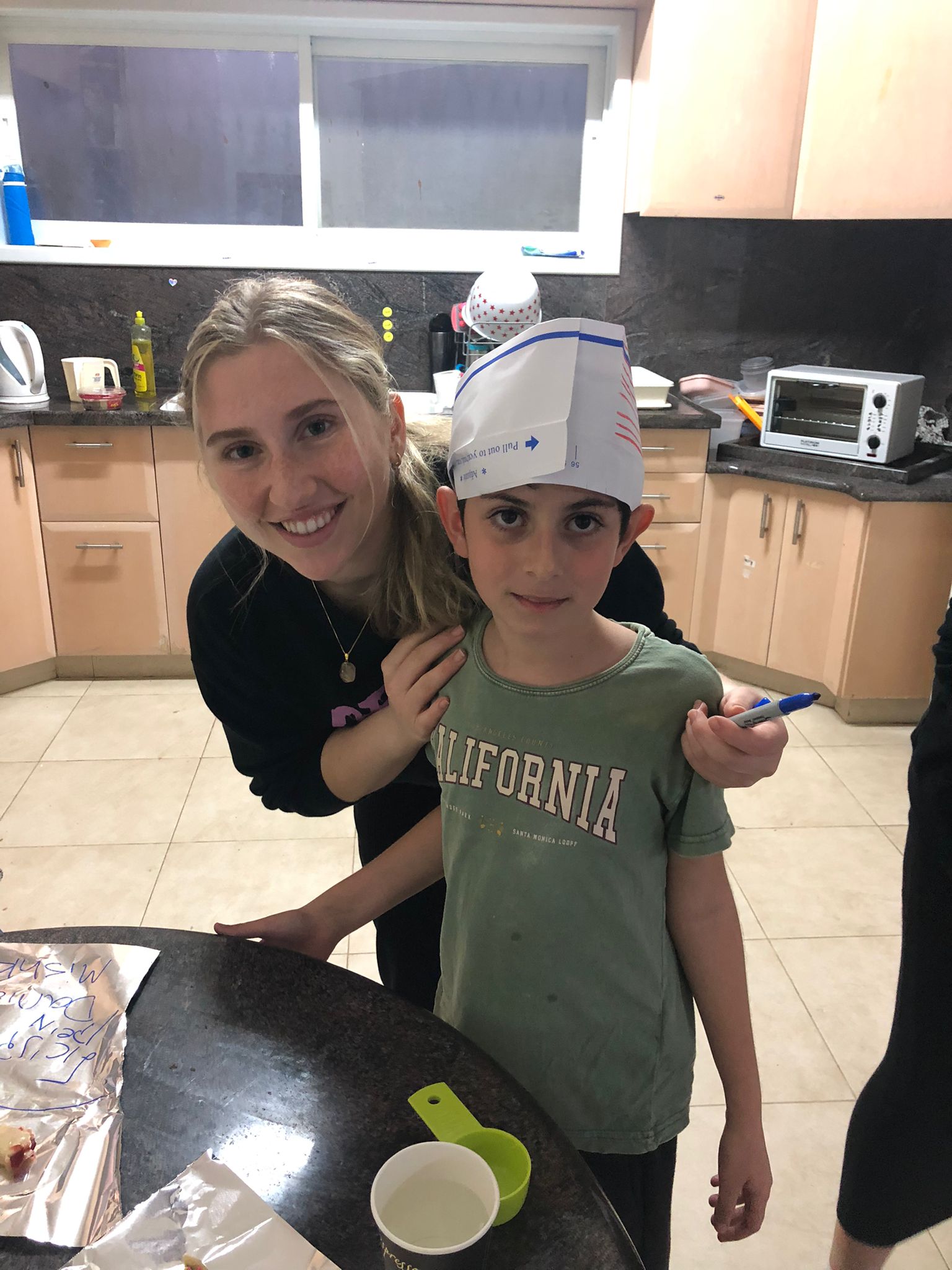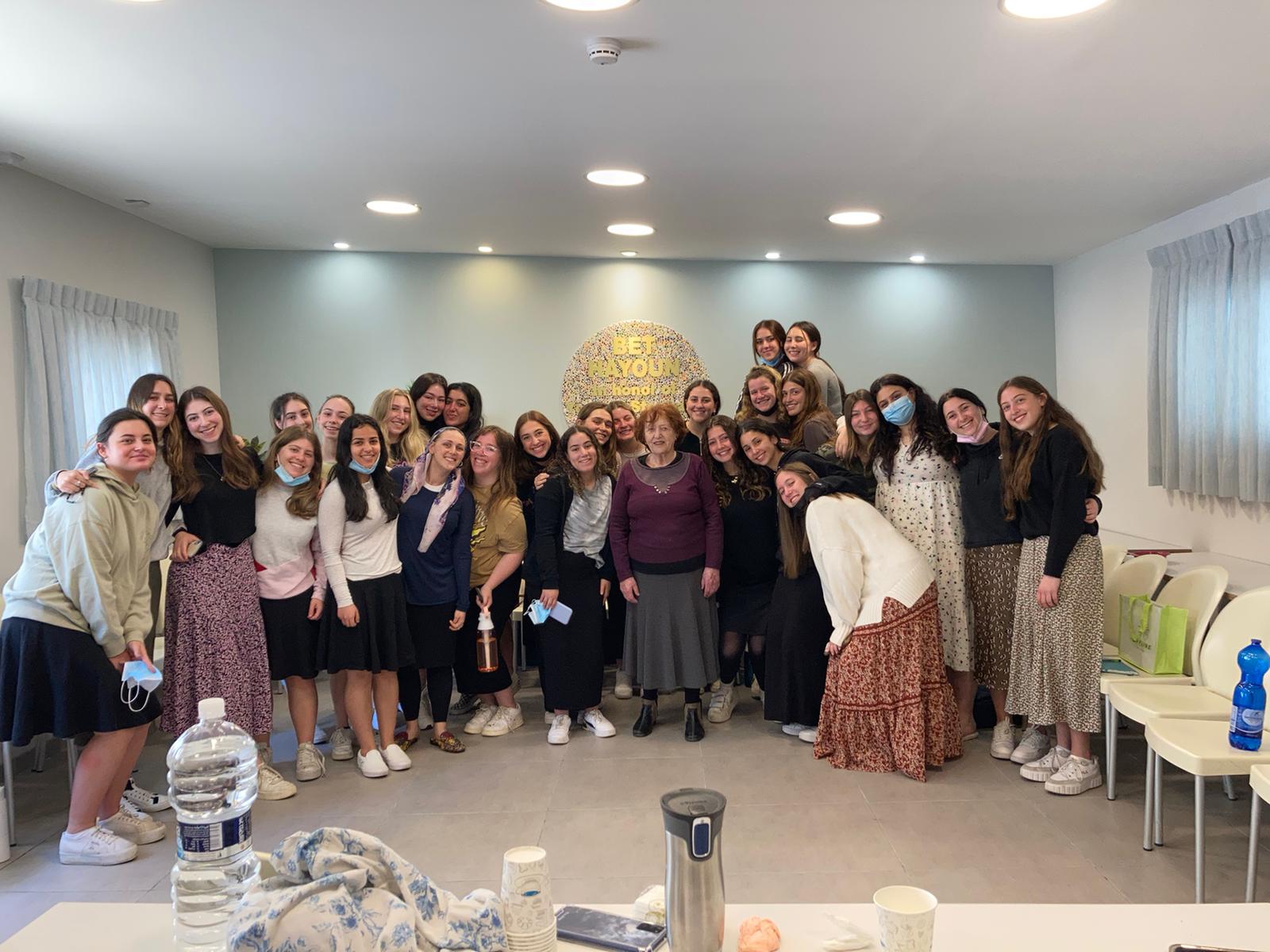
04 Mar MTC Highlights: Parshat Pekudei
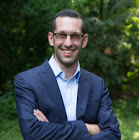
Rav Effie Kleinberg - Educator
Parshat Pekudei
All Hands on Deck!
Rabbeinu Bechaye (Shemot 38:21) quotes a Midrash that draws a parallel between the creation of the world and the construction of the mishkan. When Hashem created the world, the world was expanding like two spools of yarn — they were rolling and expanding more and more — until HaShem scolded the world and the world stopped. This is why we call HaShem, kel sha-dai since: I am the one who said to the world: “Dai-Stop!”. The Midrash compares this to the story in last week’s parsha which teaches that the material that was being donated was expanding and expanding until Moshe scolded the people and said “dai-enough”! What is this comparison?
The people were giving gifts to the mishkan with a heartfelt desire to contribute to its construction. We can conjecture that there was no thought on the part of Moshe that the surplus would be left unused. If people sacrificed to contribute, it had to somehow be used for the mishkan. Any surplus that is banked and put away for a rainy day would be unacceptable once the people had sacrificed to give. The problem is that would mean altering the Torah-given dimensions of the mishkan to make it bigger, and that cannot be done. When the architects said to Moshe we have enough material, the only option was to tell the people to stop bringing. This exactly parallels creation, because HaShem had exact plans for the creation of the world, it was to be a certain size and shape.
Everybody’s contribution is valuable and it was inconceivable that some would give to the mishk and their donation would not be used. Every person has a role to play. This is one of the goals of the detailed accounting of all the material donations in Parashat Pekudei, to teach us that every person’s contribution was accounted for and that every member of the Jewish people is valued and needed.
To take this a step further, the half-shekel donations which were calculated in our parasha in the accounting of the silver donations, further highlight this notion of the individual contribution of each member of the nation. We read “the wealthy may not add and the poor may not diminish”. No one individual was permitted to donate more or less than a half-shekel. Every Jew counts, and each of us have our own individual ideas, voices, and contributions to bring to the table in a community. The other aspect of the half-shekel is that it is only half of a whole, teaching that we cannot do it all alone, we need to join with other Jews in order to attain completion, in order to create a community to be able to fulfill our mission.
Perhaps it is no coincidence that the original half-shekels that were donated to the mishkan were used for the sockets that held together the panels of the mishkan. These sockets were the foundation of the whole structure, without which the building would not have had its stability. This stability was enabled by the contribution of every Jew which created the space and the potential for Hashem’s presence to dwell there.
What makes the half-shekel donation so unique was that the people were moved to consider and include other people in their thoughts and lives, because they know that they could not fulfill the mission without the others. The mishkan project enabled the people to appreciate what it means to really think about others.
We see that through the entire parasha of the donations to the mishkan promoted the people to become more community-minded. It was truly all hands on deck- in our own communities, this attitude and thinking begins with seeing ourselves as part of a team where everyone plays their role and realizes that they are unable to be successful without their teammates.
We find ourselves at the start to the month of Adar II and in a few weeks we will celebrate Purim! Our enemies throughout history sought to undermine and destroy the power of our unity as the Jewish people. Hitler yemach shemo, like Haman and Pharaoh and many others throughout our history did not differentiate between one Jew and the next- Amalek attacked the spiritually weak and the strong alike. Haman said that we are divided and fractured as a people, yet he still saw the Jewish people as “one nation”. When it came to the destruction of the Jewish people throughout history, all of our external differences fell away, and it is for us to reverse this trend, the poisonous hatred of these evil actors who taught us: If someone can hate someone no matter what they believe in, or how they practice their religion, we can come to love someone with the same passion.
Let us enter the joyous month of Adar with true simcha, the joy of the unity of the Jewish people which is what helped us in the story of Purim overcome our enemies and celebrate the salvation of the Jewish people. May we merit these blessings and good tidings speedily in our days!
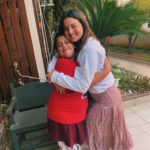
Student Reflection
Minnie Schwartz - HAFTR, NY - Lawrence, NY
This week at MTC was a very fun and meaningful week. We started with a tiyul to the caves in Bet Shemesh, where jews hid to protect their identity, then went on to have a bat mitzvah celebration, and finally ended off with an amazing holocaust survivor sharing her story with us.
Growing up I took a lot for granted. a warm bed, loving environment, family, the list could go on for hours. But this week we got to speak to a holocaust survivor. She was a true inspiration of what it means to have faith and rise up despite of your challenges. So too, we also celebrated the bat mitzvah of girls who came from Great Neck and all the bat mitzvah girls in the children home. The girls from Great Neck came in honor of their friend, Leil Namar, a girl who loved to learn and laugh. She passed away when she was only 12. The events of this week really changed my views on what is really important and to make the most of every moment because it is not guaranteed.
I see my girls and they really try to embody what it really means to laugh and learn and not take thing for granted to be happy with what you do have and what you are given and that it the biggest thing I can take from them. MTC and Bet Elazraki are full of role models but the best ones are really the ones right in front of us.


